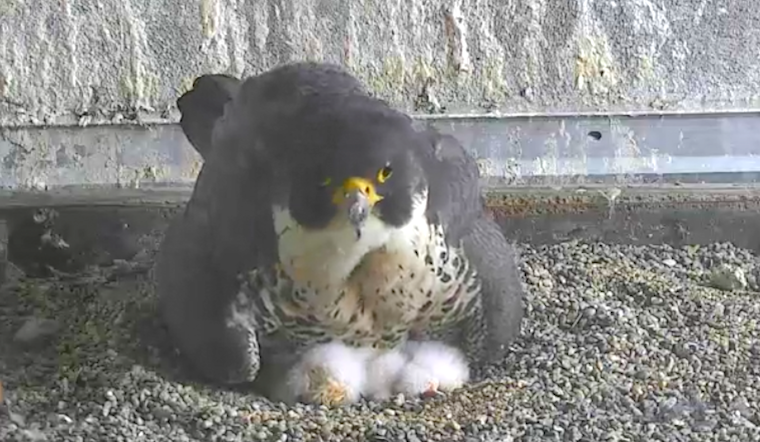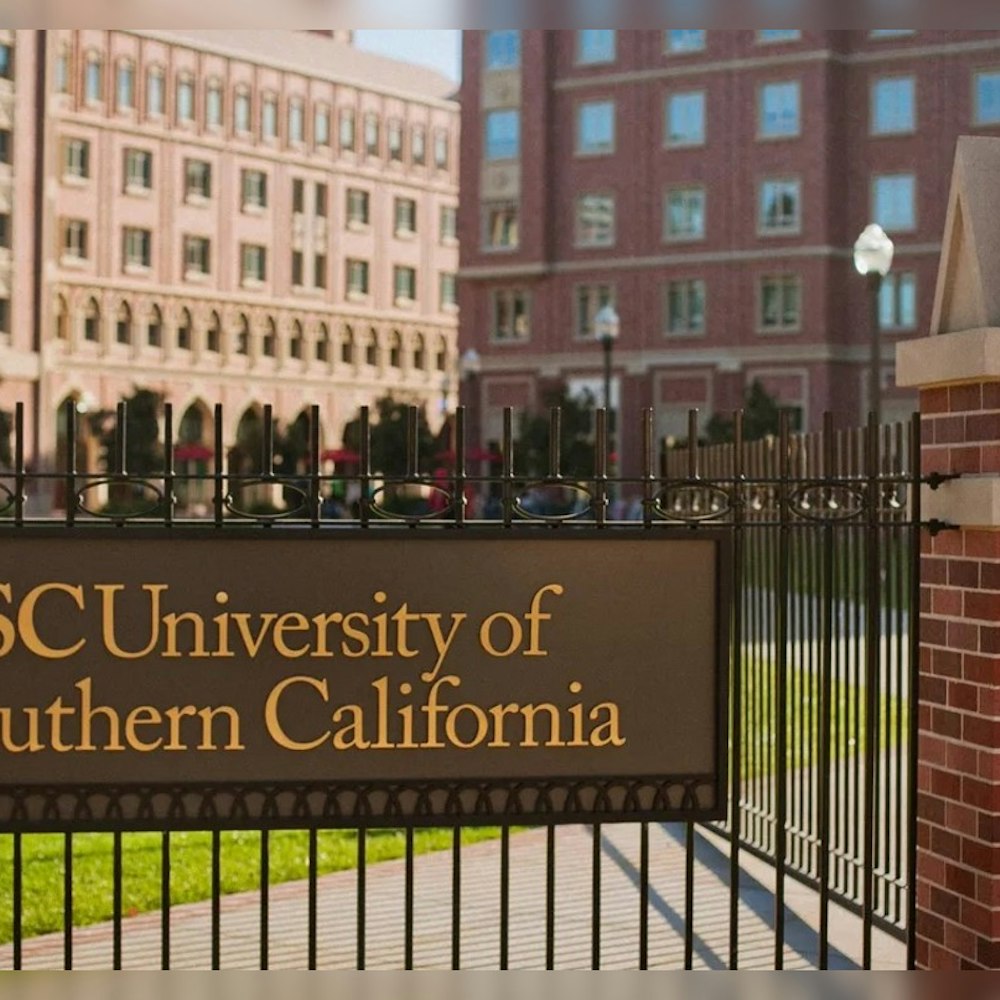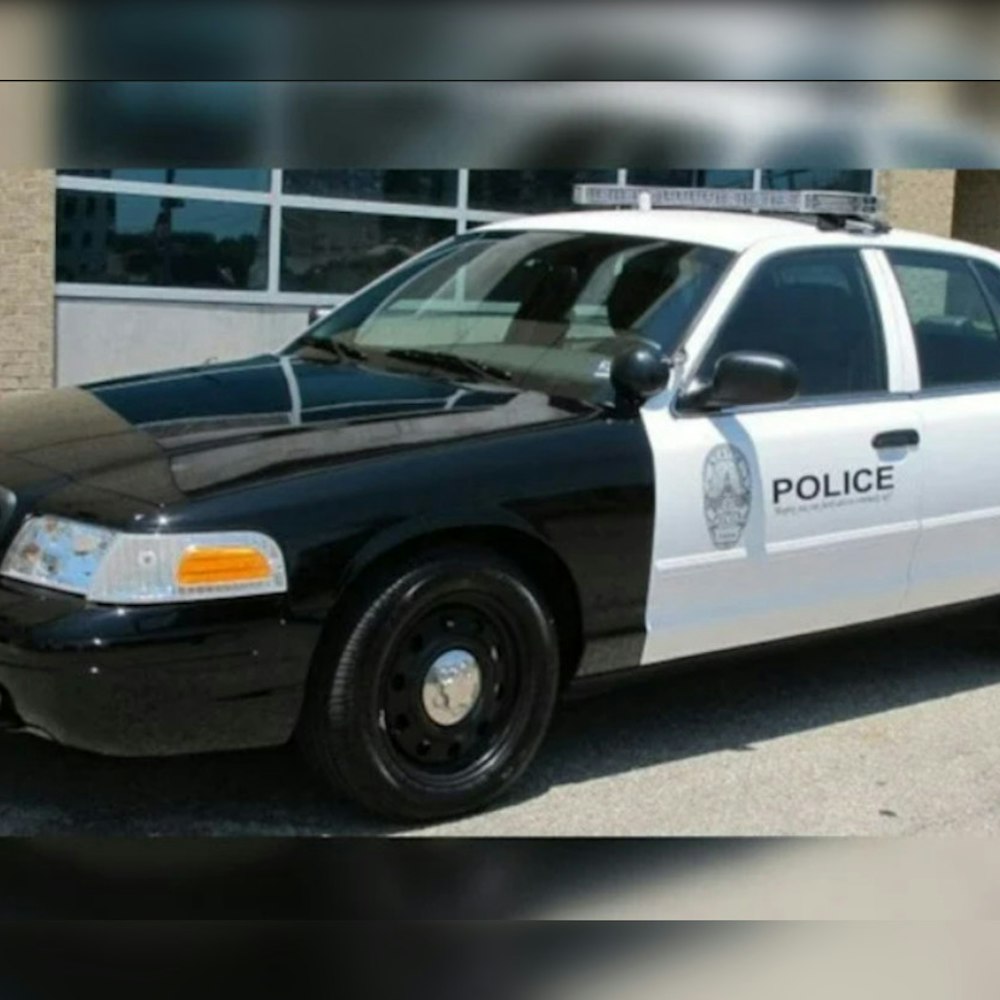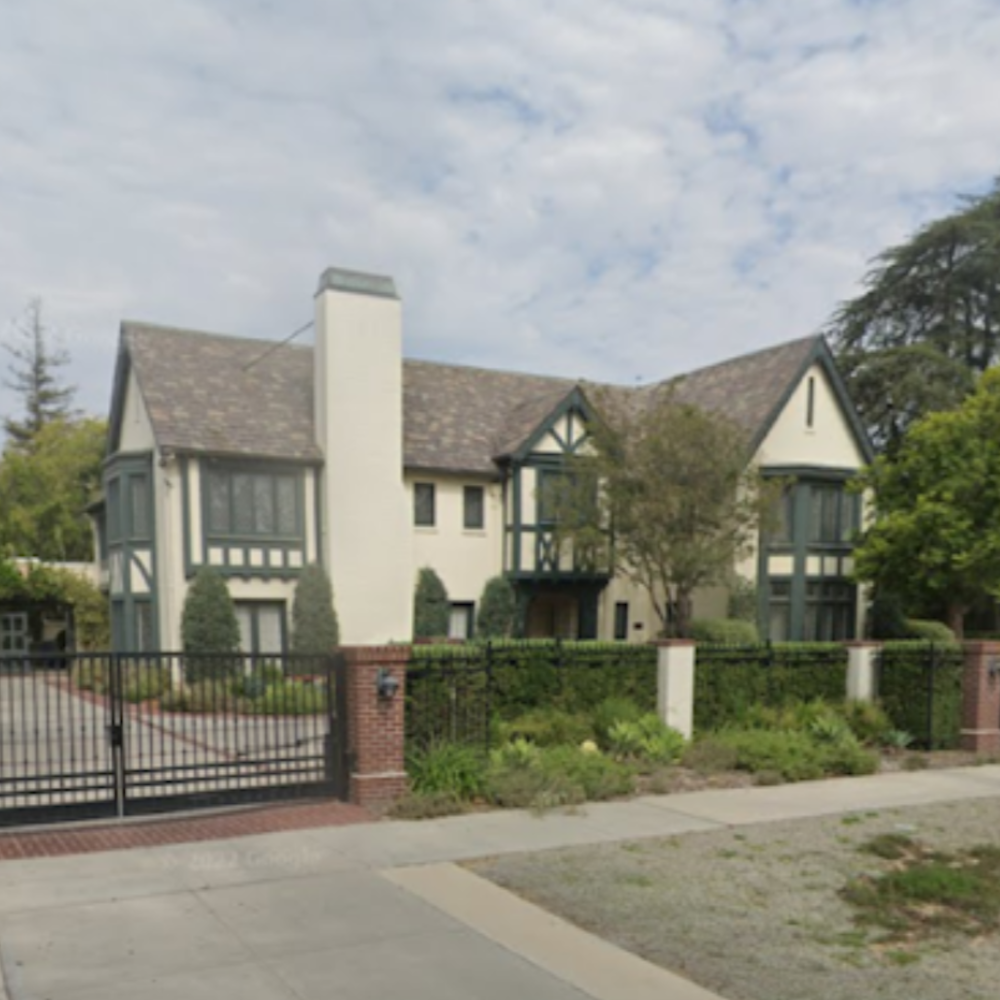
Three peregrine falcon chicks recently hatched in a nest on the 33rd floor of PG&E’s headquarters at 77 Beale Street, the utility announced today.
A webcam mounted on a ledge near the nest gives animal lovers (and workplace procrastinators) a live, 24/7 feed that shows the chicks, currently small, white puffy balls.
Next month, the chicks will be banded by a team from the Santa Cruz Predatory Bird Research Group at UC Santa Cruz so they can be tracked and studied. PG&E has supported the research program with more than $260,000 in grants.

The utility has maintained the SoMa nest since 2004 as part of a statewide effort to bolster peregrine falcon populations, which were endangered in the mid-20th century due to pesticide use.
Since DDT and other pesticides were banned, the number of falcons has rebounded, particularly in urban areas, where they lack predators. According to the utility, there are approximately 300 pairs of peregrine falcons across the state.
Mating pair Dan and Matilda had a clutch of three chicks a year ago named Talon, Grace and Flash. No word yet on what this year’s chicks will be named, but last year, PG&E asked customers to submit suggestions.
Like all mated pairs, Dan and Matilda are bonded for life and return to the same nest year after year. As the chicks mature, the adults will trade off hunting and babysitting responsibilities; peregrine falcons have a 12-15 mile hunting range, which means Dan and Matilda may forage as far away as Oakland and Marin.
Dan and Matilda belong to the world's fastest animal breed; a National Geographic program once clocked a peregrine falcon at 242 miles per hour; in a steep dive, the birds can easily reach 200 mph.
The chicks, also called eyases, will remain dependent on their parents for the first two months and will likely make their first flights in a few weeks. To see the birds feeding for the first time, watch this clip.









